Our Gaam(s)
- All
- Amod
- Adas
- Bhurakui
- Bochasan
- Chikhodra
- Gana
- Isnav
- Kanisa
- Khambholaj
- Manej
- Mogri
- Navali
- Pandoli
- Ranoli
- Ras
- Rudel
- Runaj
- Saijpur
- Sarsa
- Sijivada
- Sisva
- Vadadala
- Vadod
- Vaherakhadi
- Vasad
- Zarola
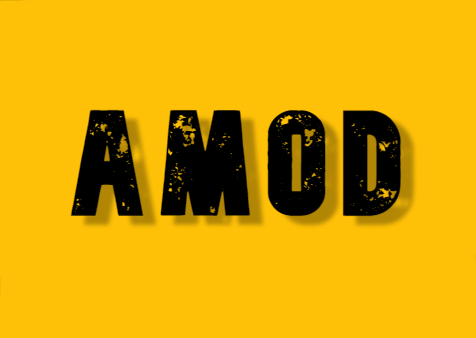
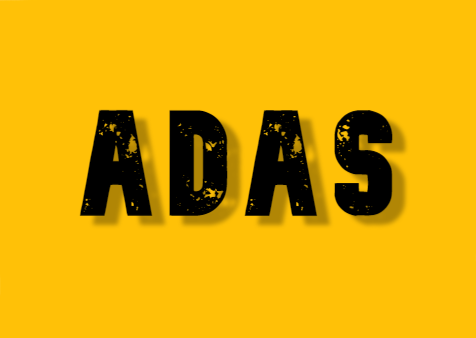
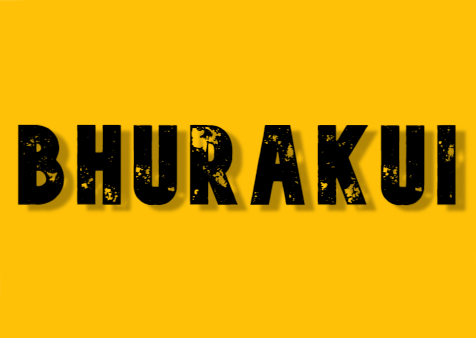
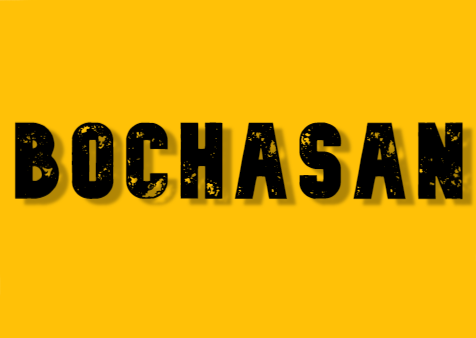


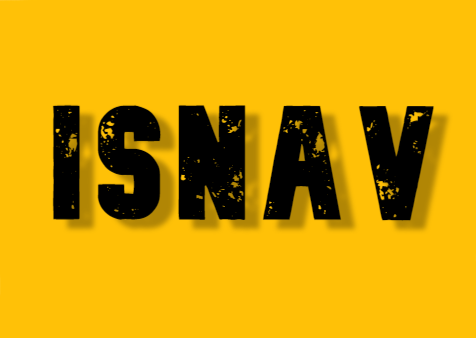
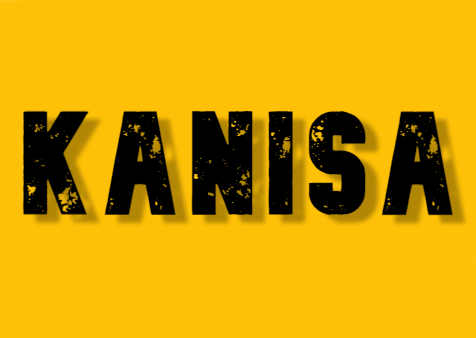
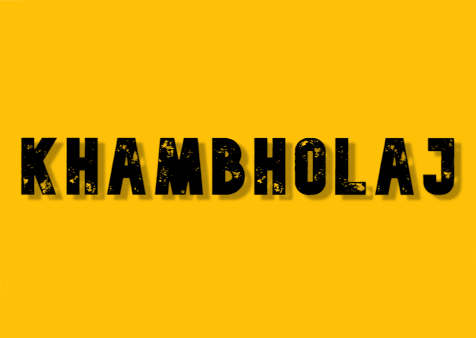
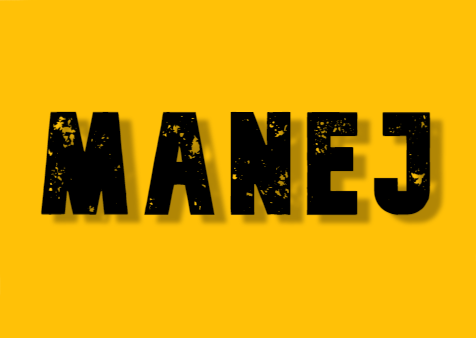
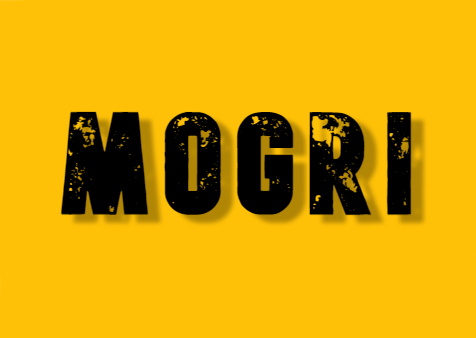



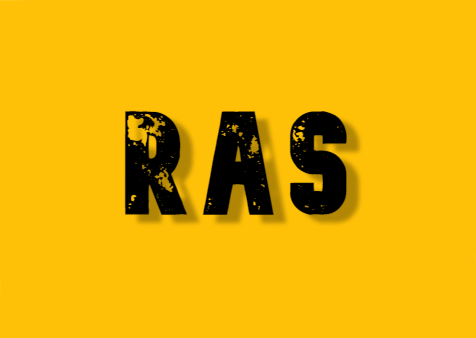

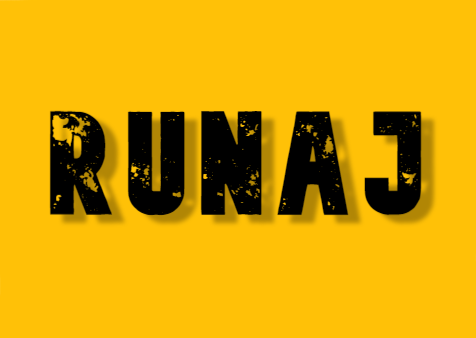
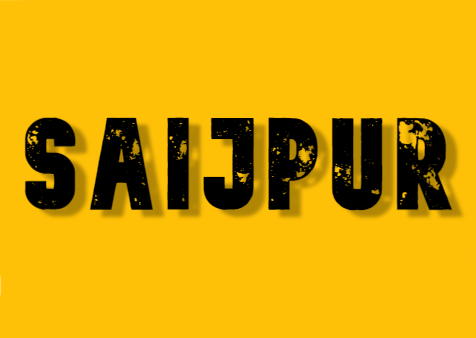
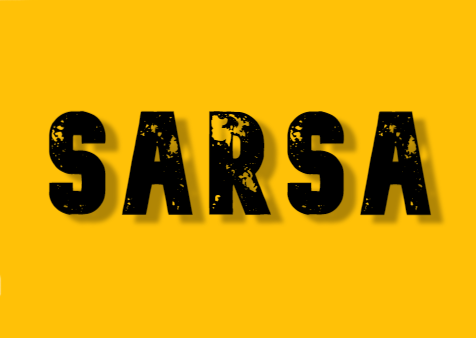

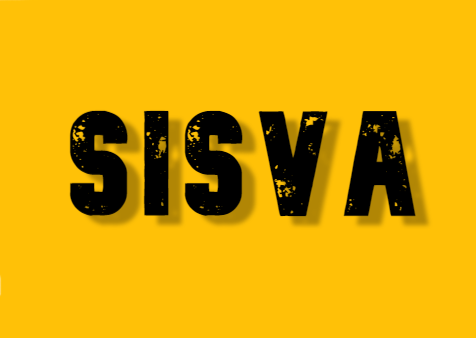
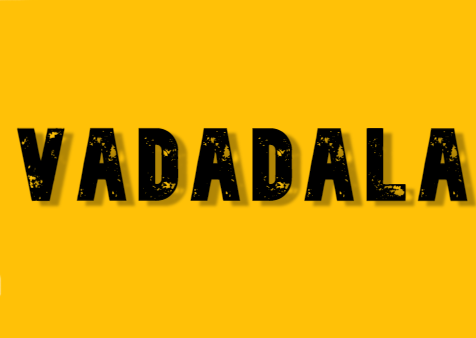

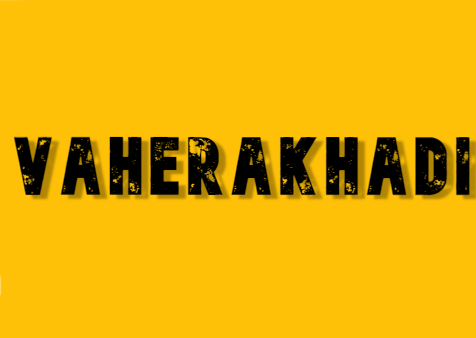
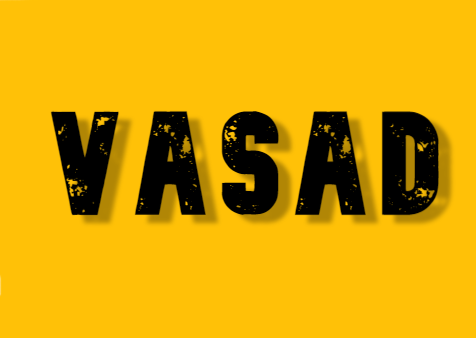
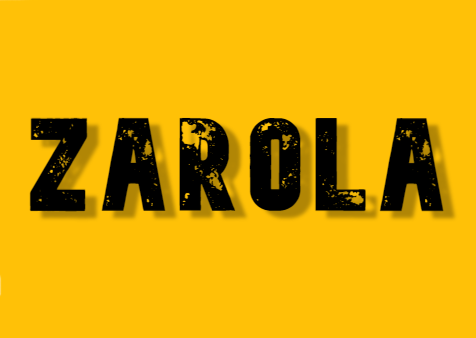
Shree Bavis Gam Patidar Samaj (USA) (Samaj) is a social cultural organisation with its roots in India and comprising of 22 Gams (villages). Samaj means a Society and Shree Bavis Gam Patidar Samaj (USA) (Samaj) originally comprising of just nine Gams was formed in 1902 and the current set up (less few Gams) was formed in 1930. The formation of such Samaji's are equivalent to today's networking groups.
We want to have fun time and simultaneously guide & help each other (via Social & Economical means) by keeping close contact through the platform of this society. Therefore, everyone is requested to help in designing and volunteering our programs. Specifically, the youths are requested to make constructive suggestions to help us design and orient our programs to better suit our social, entertainment, networking needs.
To support the function of social networking and marriage, we all have an open agenda of producing a new directory for USA & Canada.


























The Patidars were originally descendants of Aryans. To understand and appreciate the vast history of Patidar Community in Gujarat, we must first explore Aryan migration to India.
Many Historians have speculated as to when Aryans arrived in India, and the origin of their arrival. As a result there have been many different thoughts surrounding this issue. Certain prominent historians believe that the Aryans lived in Central Asia on the banks of river Amu. From Central Asia, one group of Aryans travelled towards Europe and second group went to Iran. The Final group travelled to Punjab via Afghanistan (3500 B.C). No historical evidence has been found in support of this migration, as this printing press had not been at this point in time. However, it is believed that the Aryans lived together in this region, as recordings were preserved in ancient scriptures of the Vedas. Indian history was primarily preserved in Rugaveda where Aryans were later to be found.
Scholars of Rugaveda have found that prior to settlement in Punjab, the Aryans resided in Afghanistan. From here, they crossed through the Khyber Pass and consequently lived in Punjab. In Punjab, they originally inhabited an area of Punjab where the seven rivers flow, the Sindhu, the Jelum, the Chinab, the Ravi, the Bias, the Satlaj and the ancient Saraswati. From this region, they scattered east towards the fertile lands of the Ganges and Jamuna and subsequently to Bihar and Bengal. So it would seem that Gujarati Patidar Community of today, were once the original Aryan settlers who migrated from Punjab to Gujarat.
Caste division appeared in the Aryan culture while they were living in Punjab (2500 B.C). A caste is from social order in ancient India in which society is divided in to four castes or groups, namely: (1) Brahman, (2) Kshtriya, (3) Vaishya and (4) Shudra. Prior to caste separation all Patidars were Aryans.
The Kshtriya caste was divided in to three sub castes
Rajans (Kings) - Leaders of small groups of Kshtriya who used to protect their villages.
Kshtriyas (Fighters) - Army ready to fight for the king at any time.
Kurmi Kshtriyas Helped the king during the war and engaged in farming during peacetime.
The Kurmis owned the land over many years became to known as Kunbi and then later Kanbi. The Kanbi caste later became known as two groups, Laua Kanbi (migrants from the Lya district of Punjab) and Kadva Kanbi (migrants from Karad district) Therefore, Gujarati Patidars can be thought of two groups: (1)Laua Kanbi (2) Kadwa Kanbi
During the period there was a huge increase in the Aryan population of Punjab as many groups migrated there. There was shortage of farming land and so many groups spread towards northern Rajasthan, Bengal and Bihar. As a result of this migration, the main occupant of this area in present times is the Kurmi Kshtriyas.
Migration in to Gujarat region took between 600Bc and 200AD. The Kurmis who left Punjab migrated to Rajasthan, Saurastra, Vadnagar and ofcourse to the whole Gujarat. These Kurmi migrant were mostly from Karad Region of Punjab and so were known as Kadwa Kurmi. Lor Kurmis came to Adalaj via Ajmer, Marwar, Jaypur and Bhinamal. As the population increased in Adalaj, the Kurmis migrated firstly to Daskoi and from there to Charotar, Bhal, and Vakal and to Kanam and further to Kathlal, Kapadwanj and via Salvi to Champaner. After settling around these areas, Laua and Kadwa kanbis reached Vadodra, Bharuch, Surat and Valsad districts. Thereby spreading themselves almost all the villages of Gujarat.
The actual name is derivative of the word Patlik. The name was first used in Gujarat during the era of the Muslim Sultans (1412 AD & 1573 AD). The headmen in the village were appointed by Sultans and were known as Mukhis. Mukhi is a word derived from the Arabic word Mukta. Through time, these headmen became called Patel (derived from Patlik or Akshpatlik or Akshpatal). Eventually even relatives and friends of Mukhis started calling themselves Patel. It seems as though the word came into use after 1400AD. Prior to this period, all Patels were known as Kanbis. The name Patel is a surname and not a caste. It is also used by certain other groups of people such as Brahmins, Vanias, Muslims, Harijans, Tailors and Cobblers. Although, the use of the name within these groups has declined in recent times. At present, the surname Patel is only used by Kanbis and so it is knows as their surname and not their cast. In the state of Maharastra Patels are known as Patils.
The name Patel had been in use for three hundred years, when a man called Vasandas from Piplav (Kheda) village was offered the job of collecting land revenues in the Dholka, Matar and Petlad area. Vasandas was a brave man and had a good deal of influence over the Mogul King, Aurangzeb. During one of his meetings (1703A.D.) with Kanbis at Piplav, he invited Bahdur Shah (Son of Aurangzeb) to his meeting and asked his permission to use the word Patidar instead of Kanbi.
The Meaning of Patidar is Landowner: Pati = land, Dar = owner. During this period Nagar Brahmins had the sole authority to collect the land taxes and therefore used to have the upper hand on the Patidars and harass them. They used to work them extremely hard and confiscate their lands for no apparent reason. Fortunately, Vasandas used his influence on the mogul administrators to transfers the tax collection powers to the Patidars. As a consequence, the Patidar tax collectors were given the titles of Amin and Desai. Therefore, the Patidars caste began to incorporate three surnames Patel, (2) Amin, (3) Desai and Vasandas became the first ever Gujarati Amin!
The adventurous Patidar community were to find the boundaries of Gujarat very limiting. East Africa was becoming more prosperous and offered attractive prospects. The arrival of railway in East Africa attracted many Gujaratis across Indian Ocean, into jobs as station masters, guards and clerks. As the railway system expanded in Kenya and Uganda, Patel also spread to many small and medium sized towns and villages for trade. The traditional farmer's sons from Gujarat became successful traders in East Africa. Two decades (1950 to 1970) were known as golden years for the Patel communities.
In early seventies, the East African countries got their Independence in succession. In 1972 a tragic result of Idi Amin�s expulsion of Asians from Uganda, led to thousands of Gujarati families migration to the UK. For the initial part of their new lives, first generation immigrants worked in offices, shops and factories. Thereafter they secured their own businesses � chiefly corner shops we still see today. They work extremely hard, put in long hours and encouraged their children to aspire to educational success. The second generation of these gujarati/Patels studied hard and flourished in higher education. Many graduated in Pharmacy, Engineering and medicine traditionally only dreamt of by their parents!
Today, there are many Gujaratis/Patels young and old, leading very comfortable lives in various sectors within British society many it may be professional, industrial, commercial or politics. Patels can also be found thriving as entrepreneurs in a profession of trade, in towns and cities in India and virtually all over the World.
Board Of Trustees
Board Of Trustees
Board Of Trustees
Board Of Trustees
Board Of Trustees
Board Of Trustees
Board Of Trustees
Board Of Trustees
President
Vice President
Treasurer
Joint Treasurer
Youth Co-ordinator
IT Coordinator
Secretary
Joint Secretary
Event Co-Chair
Event Co-Chair
Dinesh Patel
+1-(347)-865-5133
301 North Harrison ST, PMB #2200
Princeton,NJ - 08540